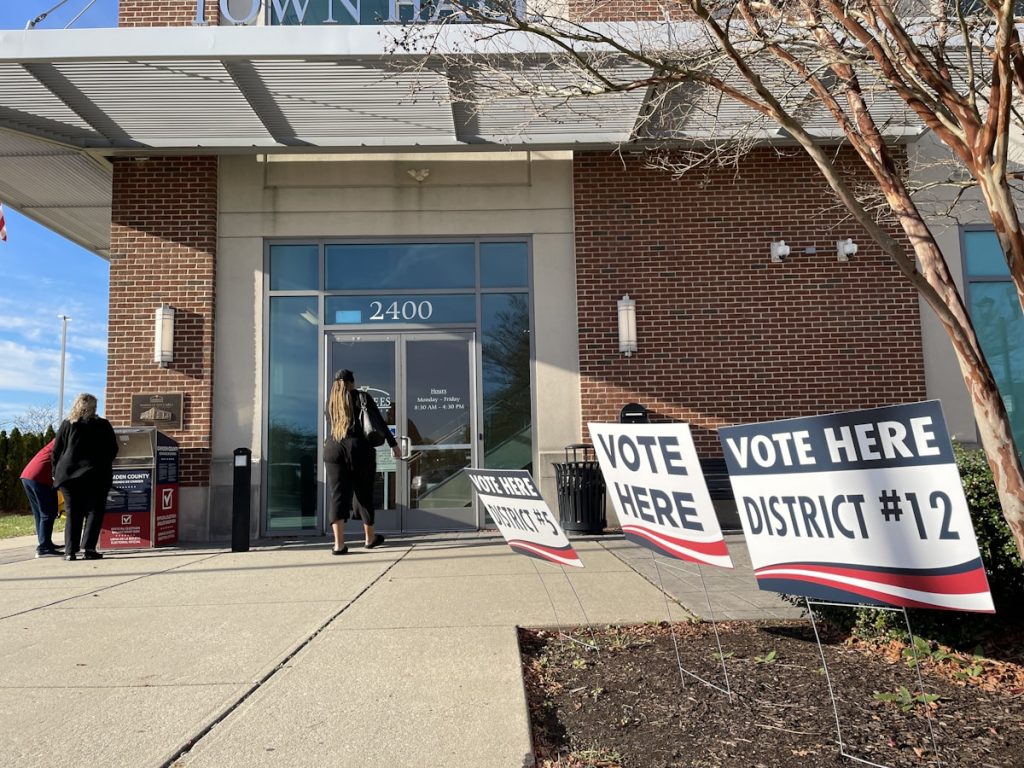Texas Republicans Stumble Again on Redistricting Amid Democratic Absences
In a dramatic session on the Texas Capitol floor last week, Republican lawmakers failed once more to push forward their ambitious redistricting agenda. The setback was not the result of fierce partisan opposition but rather a strategic absence by a handful of Democratic legislators who chose to stay away from the chamber, effectively denying the GOP the quorum needed to advance the bill.
The 2024 redistricting cycle is the first since the 2020 Census data were released, and Republicans have long touted a “fair‑play” map that would preserve their majority in both the state House and Senate. Their proposal includes several new districts that would consolidate Republican‑leaning suburbs while carving out additional seats in traditionally Democratic strongholds such as Houston, Dallas, and San Antonio. Critics argue the plan is a classic example of partisan gerrymandering designed to cement Republican dominance for the next decade.
Why the Democrats Walked Out
Democratic leaders, led by House Minority Leader Rep. John Smith, announced in advance that a small cohort of their members would abstain from the session. Their stated rationale was twofold:
- Procedural protest: By denying the chamber a quorum, Democrats aimed to force the leadership to negotiate a more balanced map rather than pushing a one‑sided plan through procedural shortcuts.
- Public pressure: The walkout was intended to draw media attention to the perceived unfairness of the proposed districts and to galvanize grassroots opposition ahead of the upcoming primary elections.
Republican leaders dismissed the tactic as a “political stunt,” arguing that the Constitution and state law grant the majority party the authority to enact redistricting plans once a quorum is present. Nonetheless, the absence of the required number of legislators halted the vote, prompting a brief recess and a rescheduling of the debate for the following week.
Procedural Hurdles and Constitutional Constraints
Under Texas law, a quorum of two‑thirds of the members of each chamber is required to conduct business on redistricting matters. The House, with 150 members, needs 100 legislators present; the Senate, with 31 members, requires 21. In the latest session, only 95 House members and 19 senators were on the floor, falling short of the quorum threshold.
Legal experts note that the state’s constitution does not provide a mechanism to compel absent legislators to attend, leaving the majority party with limited recourse beyond political negotiation. “The quorum rule is a built‑in check to prevent a single party from unilaterally reshaping the political map without minority input,” says constitutional scholar Dr. Laura Martinez of the University of Texas.
Implications for the 2024 Elections
The failure to advance the redistricting bill has several immediate consequences:
- Delay in map adoption: Without an approved map, the state must rely on the existing 2020 districts for the upcoming 2024 congressional and state legislative elections, potentially affecting campaign strategies.
- Increased litigation risk: Should the GOP eventually pass a map without broader consensus, lawsuits alleging violations of the Voting Rights Act and the state constitution are likely to follow.
- Strategic recalibration: Both parties will now intensify outreach to independent and swing voters, knowing that district boundaries will remain unchanged for at least another election cycle.
For Republicans, the setback underscores the importance of coalition‑building within the party and the need to address intra‑party concerns, such as the demands of moderate members from rapidly diversifying suburbs. For Democrats, the walkout demonstrated that a small, coordinated group can wield outsized influence in legislative proceedings, especially on issues as consequential as redistricting.
Looking Ahead
The next round of negotiations is set for the week of May 20, when a joint committee of House and Senate leaders will reconvene to discuss possible compromises. Observers predict that any viable solution will likely involve a modest reshuffling of a few districts to address the most egregious partisan imbalances while preserving the overall partisan composition favored by the GOP.
As Texas approaches a pivotal election year, the battle over district lines will remain a central narrative, with both parties keenly aware that the shape of the map can determine the balance of power for the next decade.



